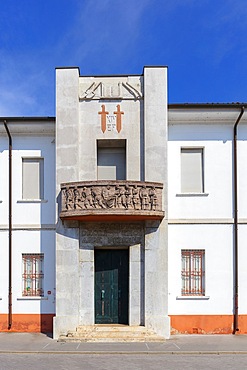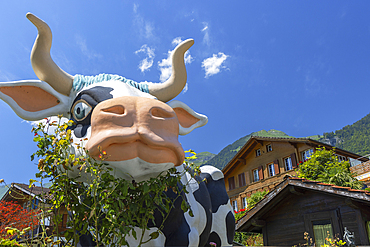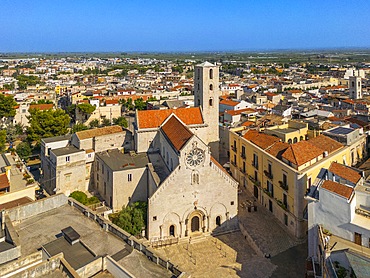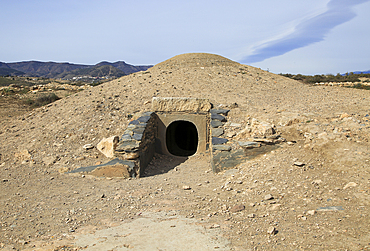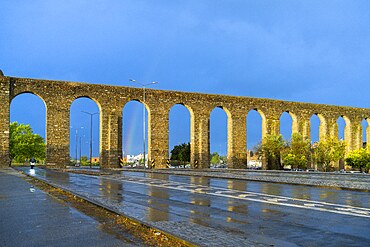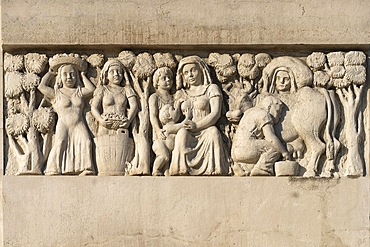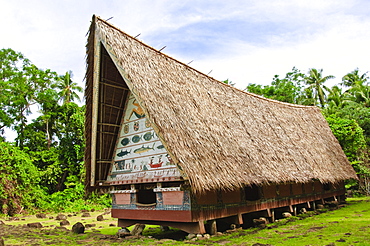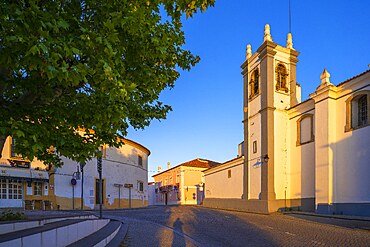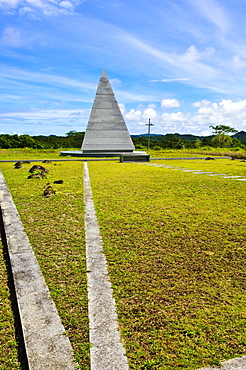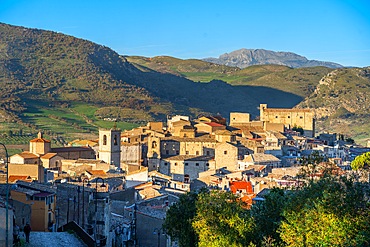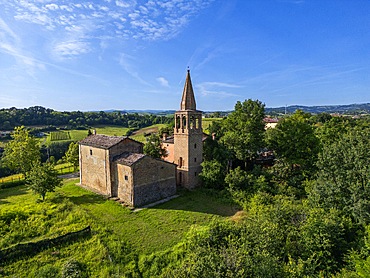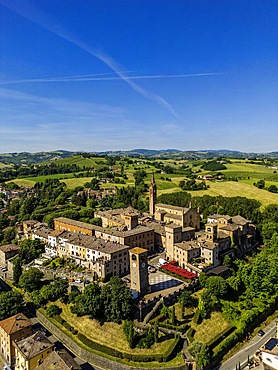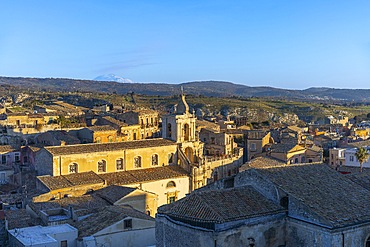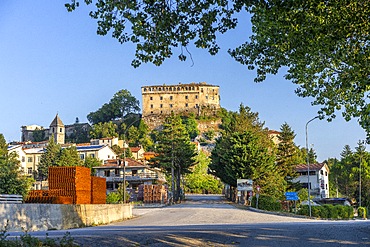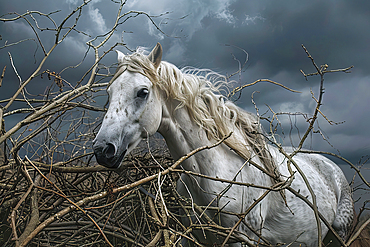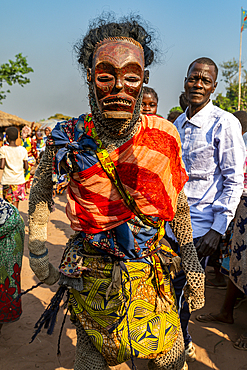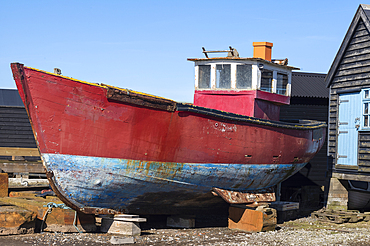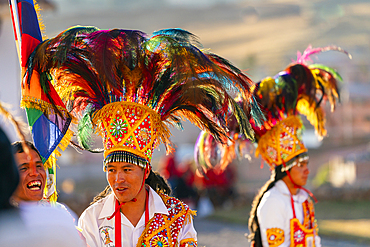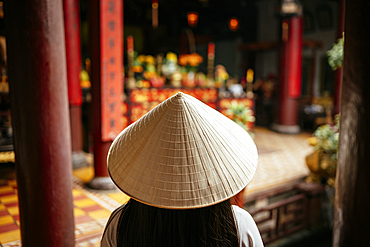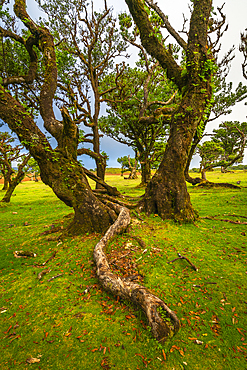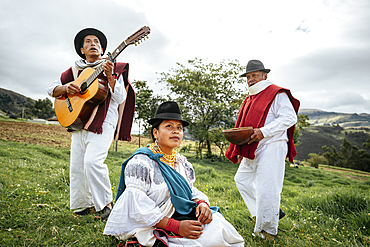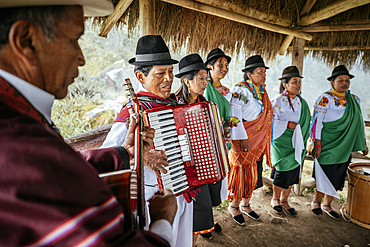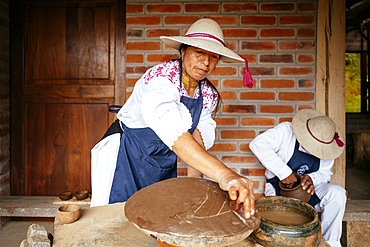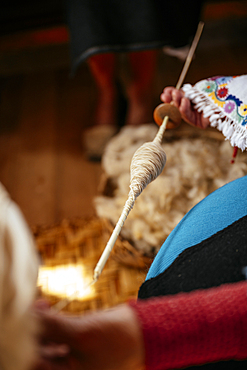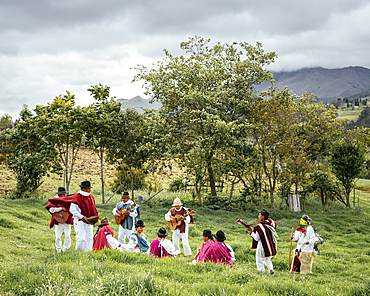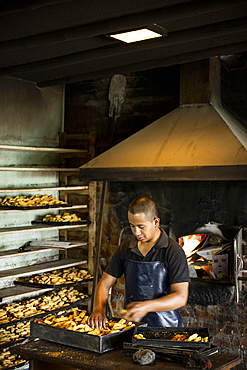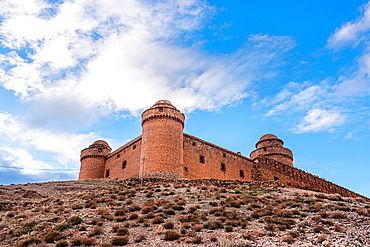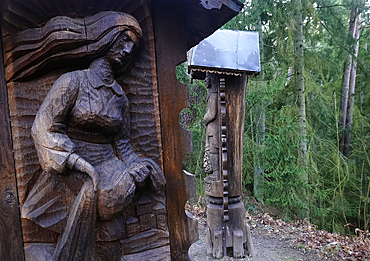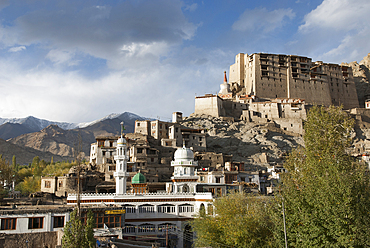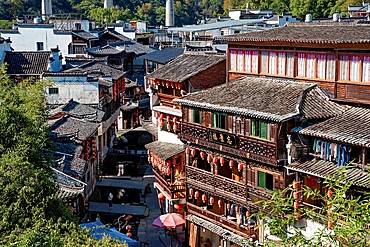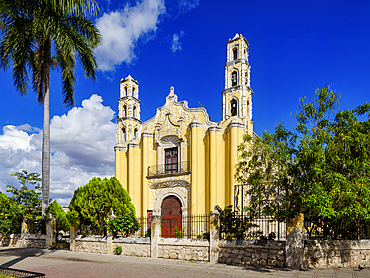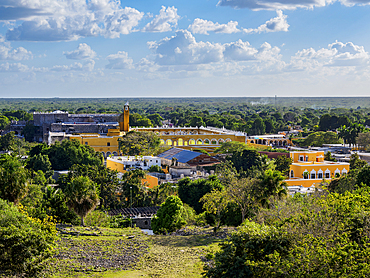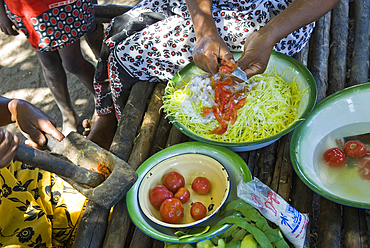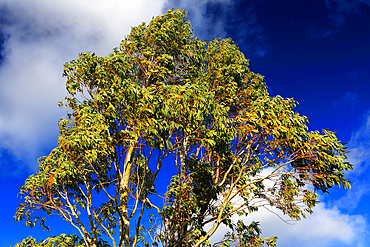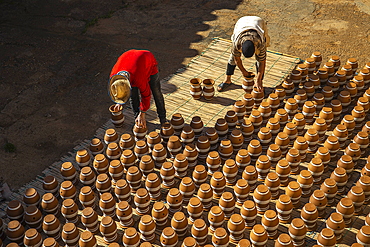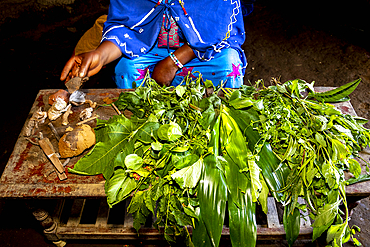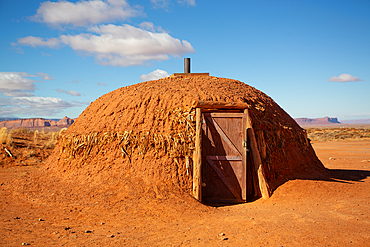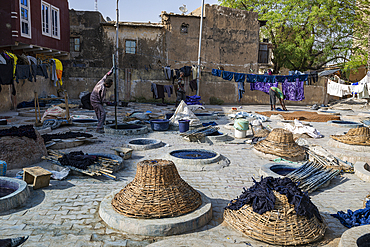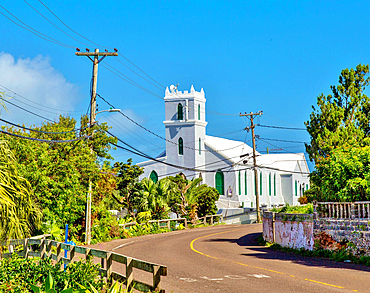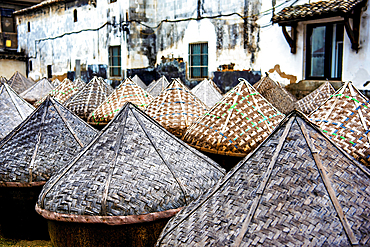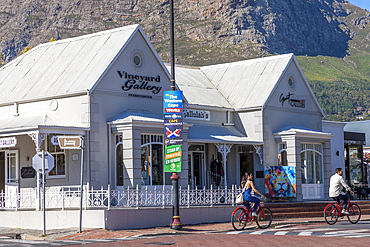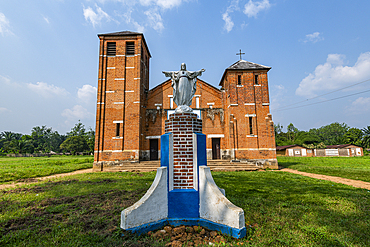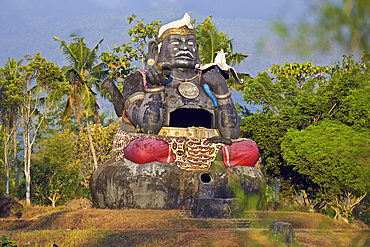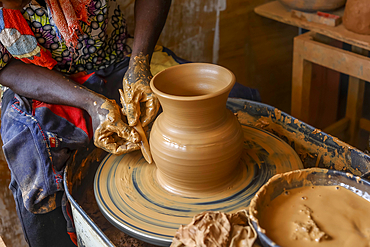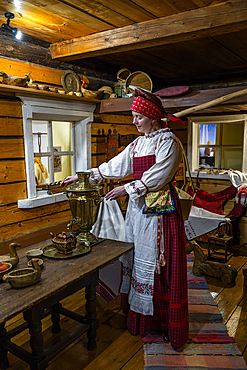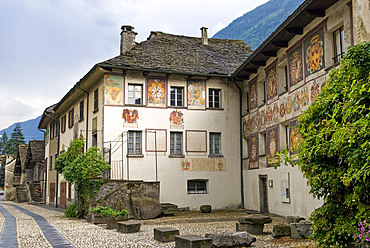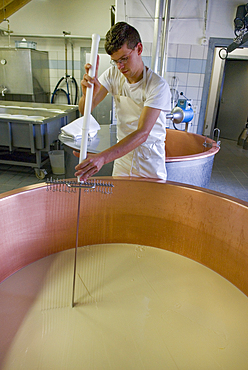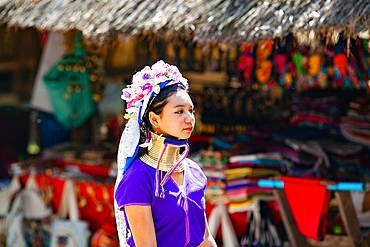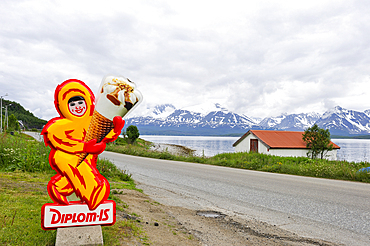Results
1 2 Next »
138 results found
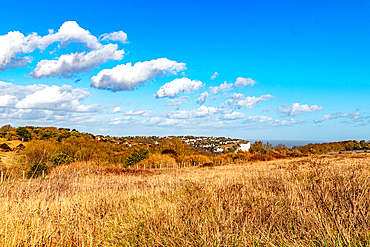
Scenic view of a dry grassland with scattered bushes under a blue sky with fluffy clouds, with a hint of a town in the distance, chalk cliffs on the Sussex coast, East Sussex, England, United Kingdom, Europe

Winter landscape of deciduous trees and heather plants on heathland, Sutton Heath, Suffolk, England, United Kingdom, Europe
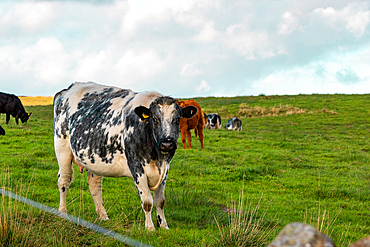
Black and white cow standing in a green field with other cows in the background under a cloudy sky, North Yorkshire, England, United Kingdom, Europe
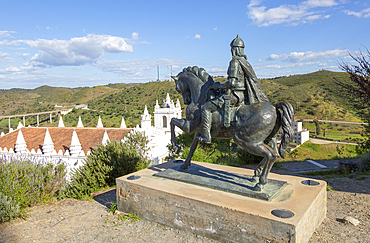
Horse and rider statue of Ibn Caci Moorish, prince and poet, village of Mertola, Baixo Alentejo, Portugal
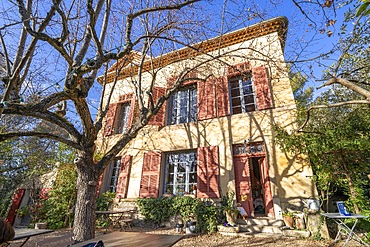
Atelier Cezanne, Cezanne's house, Aix-en-Provence, Bouches du Rhone, Provence-Alpes-Cote d'Azur, France
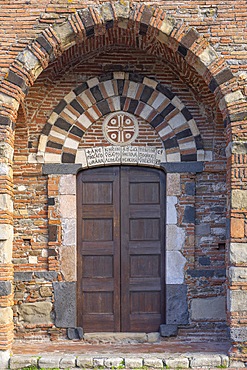
Church of Saints Peter and Paul of Agro, San Pietro hamlet, Casalvecchio Siculo, Messina, Sicily, Italy, Mediterranean, Europe

Stone bas reliefs depicting scenes of rural life and historical events on the walls of Angkor Wat, UNESCO World Heritage Site, Siem Reap, Cambodia, Indochina, Southeast Asia, Asia
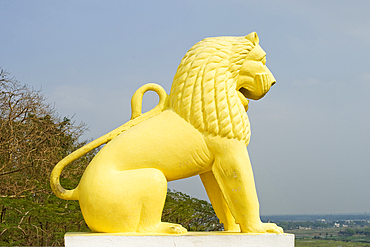
One of four guardian lions, Dhauligiri Shanti Stupa (Dhauli Peace Pagoda), completed in 1972 with the collaboration of Nippon Buddha Sangha, atop Dhauli Hills on site of ancient temple, Bhubaneswar, Odisha, India, Asia
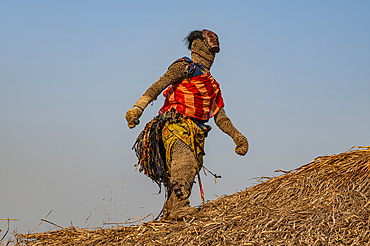
Traditional masked man dancing on a roof of a hut, Tshikapa, Kasai, Democratic Republic of Congo, Africa
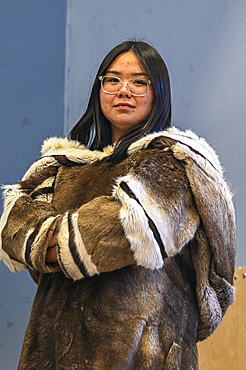
Inuit girl in traditional dress, Grise Fjord, most northern community in America, Nunavut, Canadian Arctic, Canada, North America
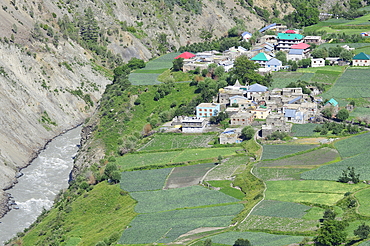
Scenic view of a village in Lahaul valley near Udaipur on the Bank of River Chander Bhaga, Himachal Pradesh, India, Asia

Multicolored houses of Butuh village also known as Nepal Van Java on mountain hillside, Magelang, Central Java, Indonesia
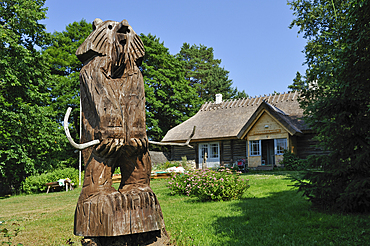
Bear statue made of carved wood, Toomarahva Tourism Farm, situated in the National Park of Lahemaa, in small fishing village of Altja, Estonia, Europe
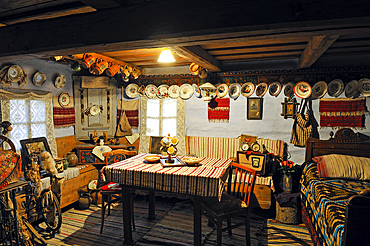
Inside a traditional house, Luca Ioan and Elena guesthouse, village of Sibiel, department of Sibiu, Transylvania, Romania
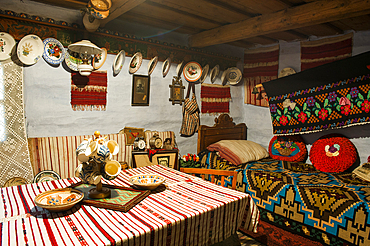
Inside a traditional house, Luca Ioan and Elena guesthouse, village of Sibiel, department of Sibiu, Transylvania, Romania

View of colourful architecture at Nagaa Suhayl Gharb on the Nile river near Aswan, Aswan, Nubia, Egypt, North Africa, Africa

View of colourful market stalls at Nagaa Suhayl Gharb on the Nile river near Aswan, Aswan, Nubia, Egypt, North Africa, Africa
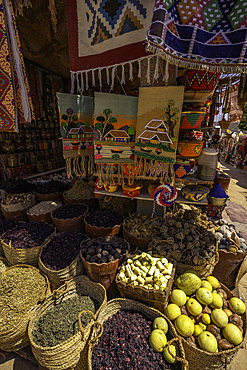
View of colourful market stalls at Nagaa Suhayl Gharb on the Nile river near Aswan, Aswan, Nubia, Egypt, North Africa, Africa

View of colourful architecture at Nagaa Suhayl Gharb on the Nile river near Aswan, Aswan, Nubia, Egypt, North Africa, Africa

View of colourful architecture at Nagaa Suhayl Gharb on the Nile river near Aswan, Aswan, Nubia, Egypt, North Africa, Africa
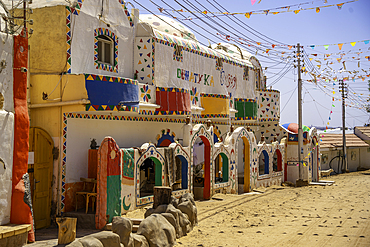
View of colourful architecture at Nagaa Suhayl Gharb on the Nile river near Aswan, Aswan, Nubia, Egypt, North Africa, Africa

View of colourful architecture at Nagaa Suhayl Gharb on the Nile river near Aswan, Aswan, Nubia, Egypt, North Africa, Africa

Traditional Ladakhi embroidered shoes, Stok village, Ladakh region, state of Jammu and Kashmir, India, Asia
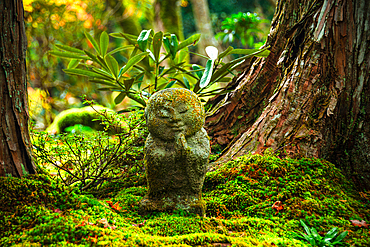
A lone warabe Jizo statue standing serenely amidst the verdant moss and foliage near Sanzen-in Temple in Ohara, Kyoto, Honshu, Japan
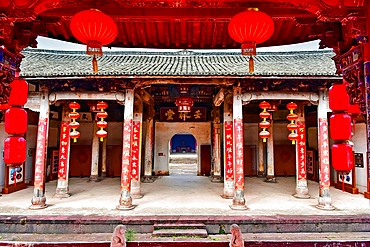
Audience seating gallery of the village performance theatre in Yuyuan Ancient Village, Wuyi County, Jinhua City, Zhejiang Province, China
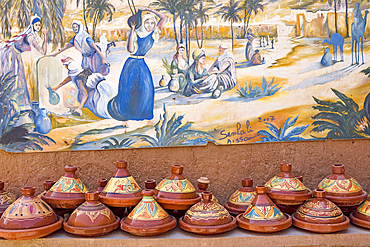
Pottery in the city of Tamegroute, Draa River valley, Province of Zagora, Region Draa-Tafilalet, Morocco
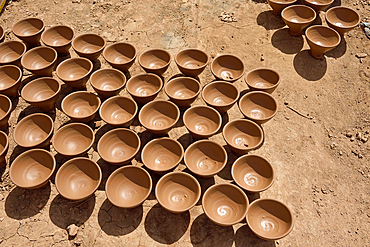
Pottery in the city of Tamegroute, Draa River valley, Province of Zagora, Region Draa-Tafilalet, Morocco
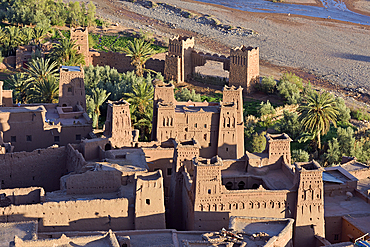
Ksar of Ait-Ben-Haddou, UNESCO, Ounila River valley, Ouarzazate Province, region of Draa-Tafilalet, Morocco
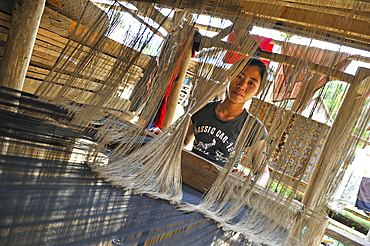
Young woman weaving in a village where both Khmu and Hmong live, in mountain massif near Nong Khiaw, Luang Prabang Province, Laos
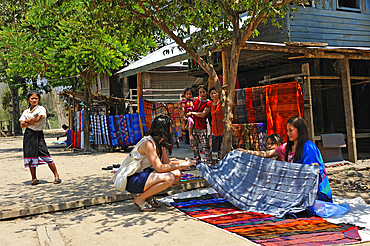
Villager showing clothes and crafts for sale to tourists in Ban Baw, traditional Lao Loum village between Luang Prabang and Pakbeng, Laos
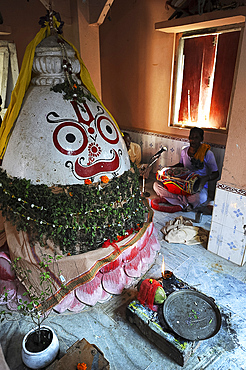
Musician plays the drum at the shrine to Lord Jagannath inside the village temple, rural Odisha, India, Asia
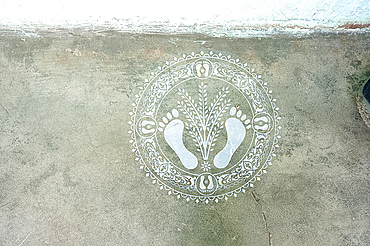
Hindu pattern indicating welcome into house, on wall, Naupatana weaving village, rural Orissa, India, Asia
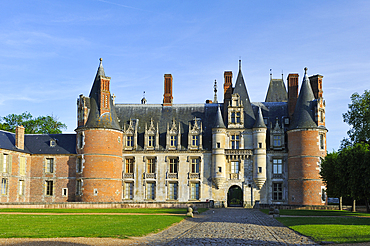
West facade of the Chateau de Maintenon, Eure-et-Loir department, Centre-Val de Loire region, France, Europe
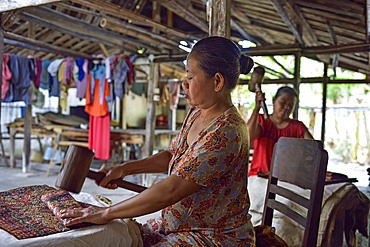
Woman using a mallet to fold batik fabric, Nyah Kiok batik house, craft production by seven women for over 30 years, Lasem, Java island, Indonesia, Southeast Asia, Asia
